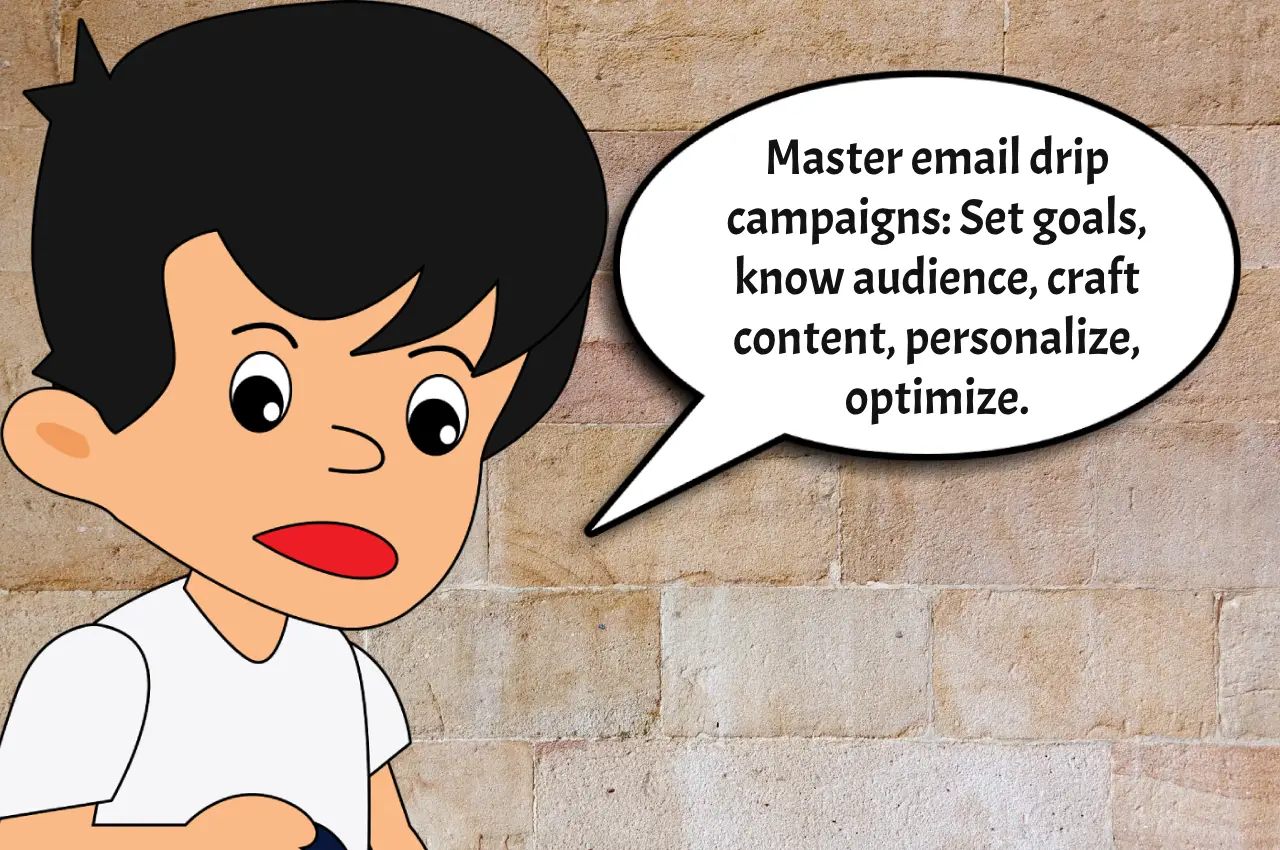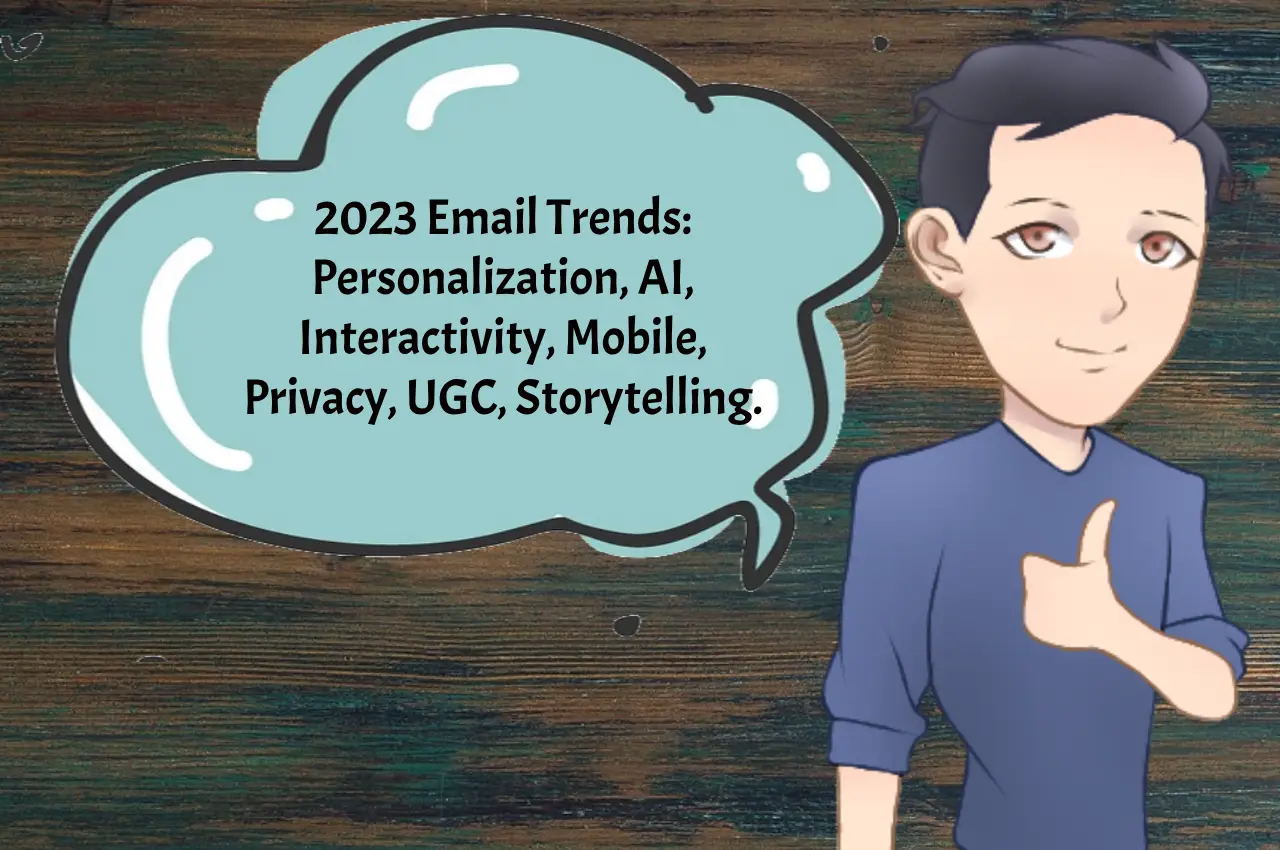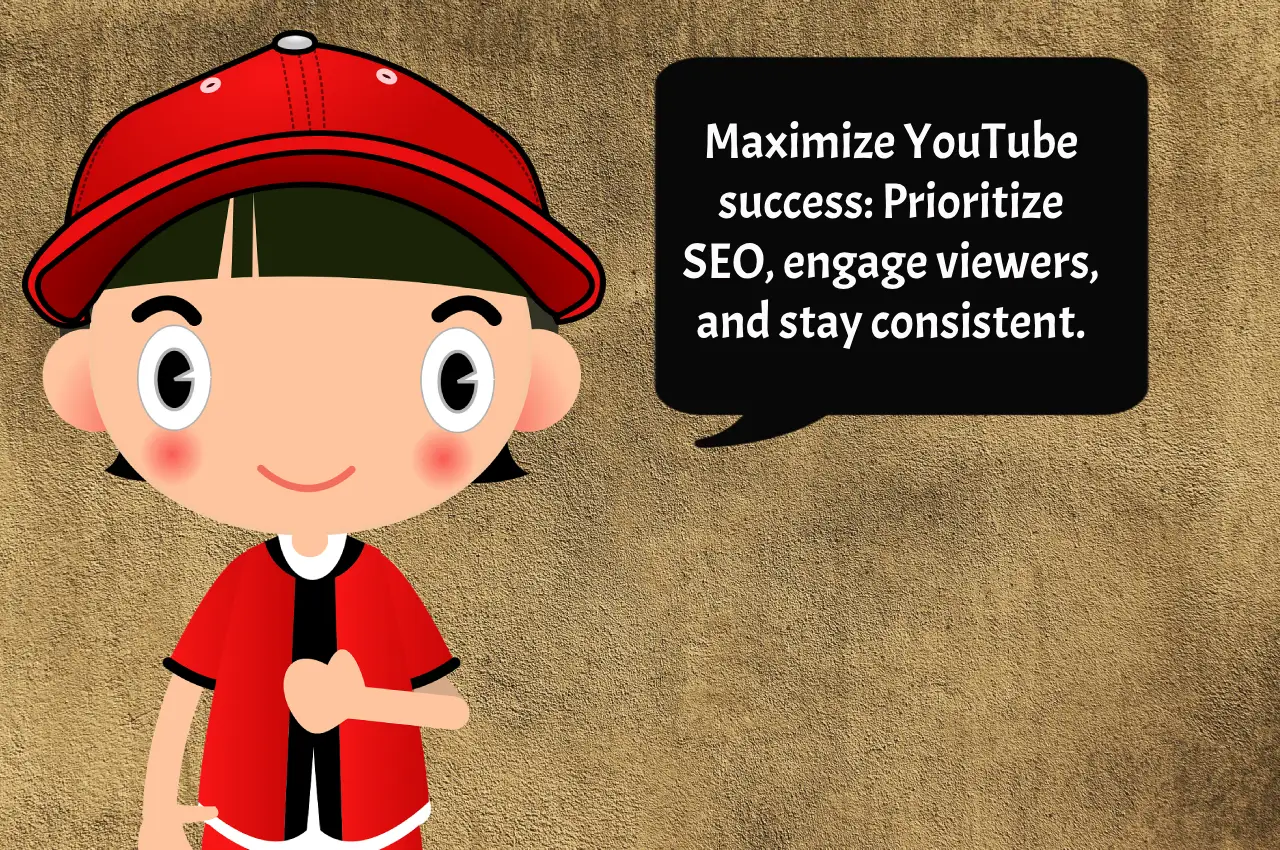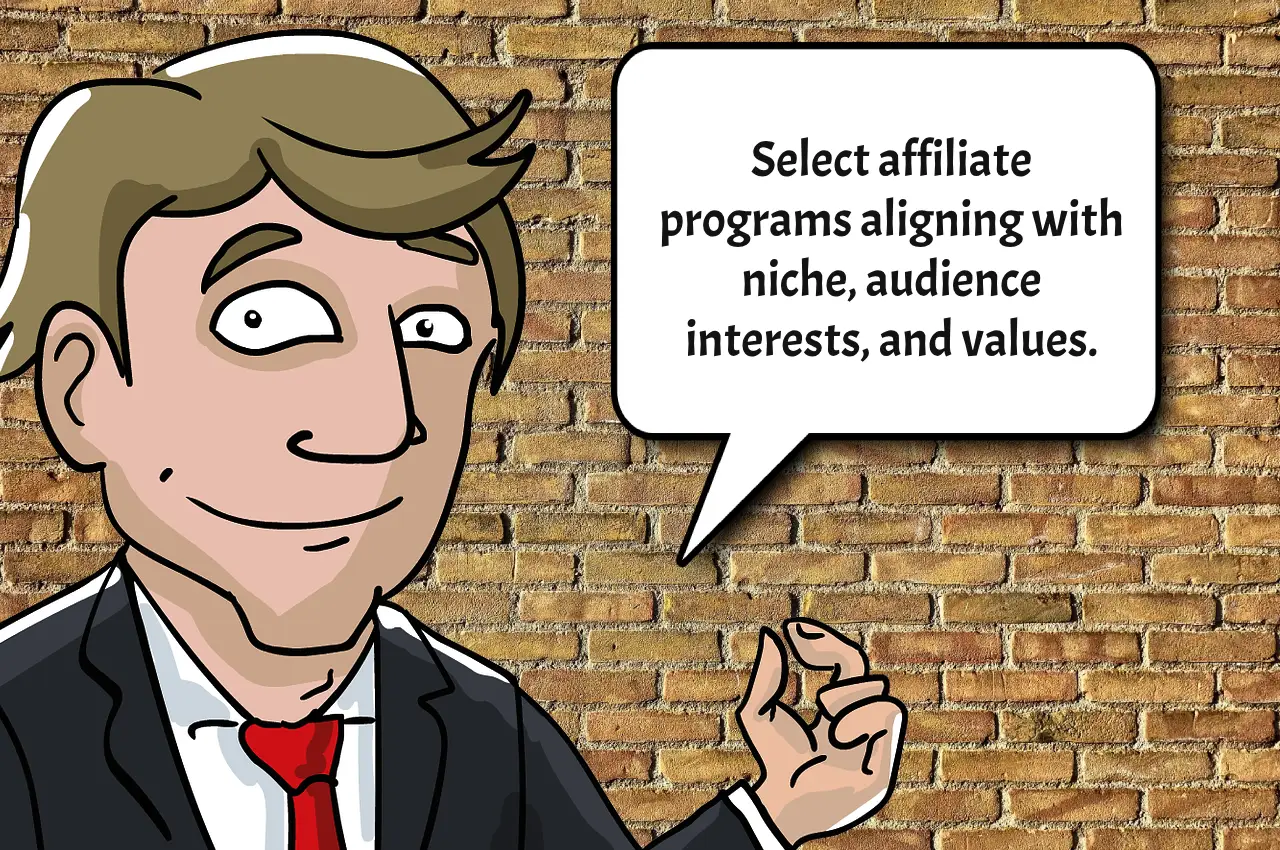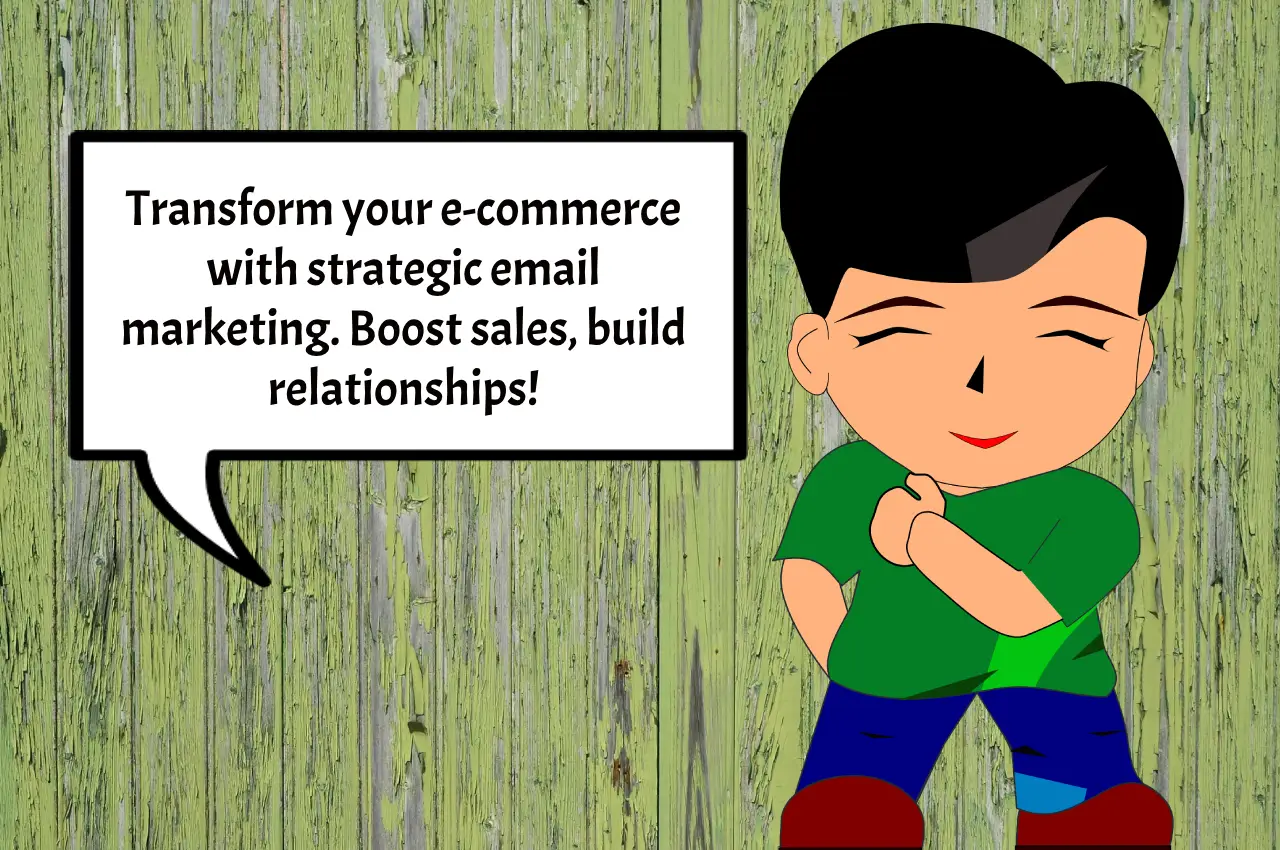Email marketing remains a cornerstone in the digital marketing universe. Among its strategies, email drip campaigns stand out for their effectiveness. When done right, they can transform the way you engage with your audience and drive conversions. Let’s delve deeper into creating email drip campaigns that not only catch attention but also convert.
Understanding Email Drip Campaigns
Email drip campaigns, also known as automated email campaigns or drip marketing, involve sending a series of pre-written, automated emails to a segmented audience over a specific time frame. The goal is to guide potential customers through a journey, ultimately leading to a conversion. It’s like planting seeds and nurturing them to bloom at the right time.
Setting Clear Goals
Before crafting your campaign, set clear goals. Do you want to boost sales, increase event attendance, or onboard new customers? Setting a goal gives your campaign direction and makes measuring success easier. Knowing your destination is crucial before you embark on the journey.
Knowing Your Audience
Understanding your audience is crucial. Imagine Sarah, a small business owner. She was struggling with low engagement rates. When she started tailoring her emails to her audience’s specific needs, her engagement rates soared. Get to know your audience’s preferences, demographics, and pain points. The more you understand them, the more personalized and effective your campaigns will be.
Crafting Compelling Content
Your emails should be more than just informative. They need to engage. Use a conversational tone. Keep your sentences short and sweet. Remember, you’re talking to real people, not just inboxes. Craft your content in a way that resonates with your audience, addressing their pain points and providing solutions.
Timing and Frequency
Timing is everything. If you send too many emails, you risk annoying your audience. Too few, and they might forget you. Find a sweet spot. A/B testing can help determine what works best for your audience. Consider the time zones of your subscribers, and schedule emails accordingly. It’s about being present but not intrusive.
Personalization is Key
Personalization can dramatically improve your campaign’s performance. Use your subscriber’s name. Segment your list to deliver relevant content based on their preferences or previous interactions. A study showed that personalized emails deliver six times higher transaction rates. Make your subscribers feel like you’re talking directly to them.
Creating a Strong Subject Line
Your subject line is your first impression. Make it count. It should be intriguing but not misleading. Think about what would make you want to open an email. A compelling subject line is the key to ensuring your email doesn’t get lost in a crowded inbox.
The Power of Storytelling
People love stories. They’re relatable and memorable. Share customer success stories. Tell them about challenges your company has overcome. Stories build connections. Narratives create an emotional bond that goes beyond a simple transaction. Connect with your audience on a personal level through storytelling.
Utilizing Visuals
A picture is worth a thousand words. Use visuals to break up text and add interest. But remember, they should complement your message, not overshadow it. Visuals can enhance the overall appeal of your emails, making them more engaging and shareable. Consider infographics, images, or even GIFs to convey your message effectively.
Clear Call-to-Actions
Your call-to-action (CTA) should be clear and compelling. Use action-oriented language. Guide your readers on what to do next. A/B test different CTAs to see which performs best. Make it easy for your subscribers to take the desired action, whether it’s making a purchase, signing up for an event, or downloading a resource.
Measuring Success
To know if your campaign is working, track key metrics. Look at open rates, click-through rates, and conversion rates. Use these insights to tweak and improve your campaign. Analytics provide valuable information on what’s resonating with your audience and what needs adjustment. Be data-driven in optimizing your campaign for maximum impact.
The Importance of Optimization
Constantly refine your campaign. Test different elements like subject lines, email length, visuals, and send times. Optimization is an ongoing process. What worked last month may not work as effectively today. Stay adaptable and responsive to the changing preferences of your audience. A well-optimized campaign evolves with the dynamics of your market.
Boosting Sales with Drip Campaigns
Consider the story of John, an online retailer. He implemented a drip campaign for cart abandonment. He sent a series of reminders and offered a small discount. His conversion rate increased by 20%. It shows the impact well-planned drip campaigns can have. Real-life success stories validate the effectiveness of strategic drip campaigns.
Turning Subscribers into Customers
Creating effective email drip campaigns requires understanding your audience, crafting engaging content, and constantly optimizing your approach. Remember, email marketing is not about bombarding subscribers. It’s about nurturing a relationship. Each email is a step in building trust and loyalty, turning subscribers into satisfied customers.
Have you tried email drip campaigns? What worked for you? What challenges did you face? Share your experiences and insights in the comments. Let’s learn from each other and master the art of email drip campaigns!

